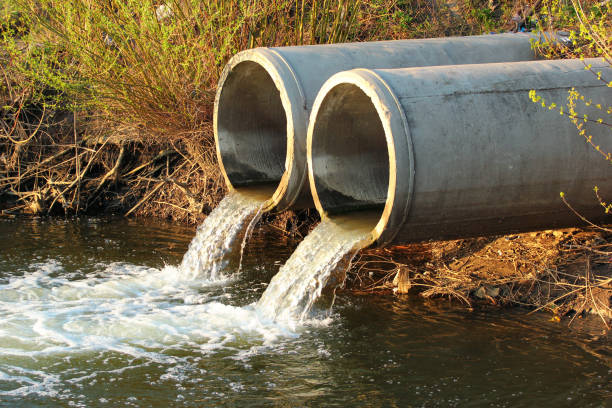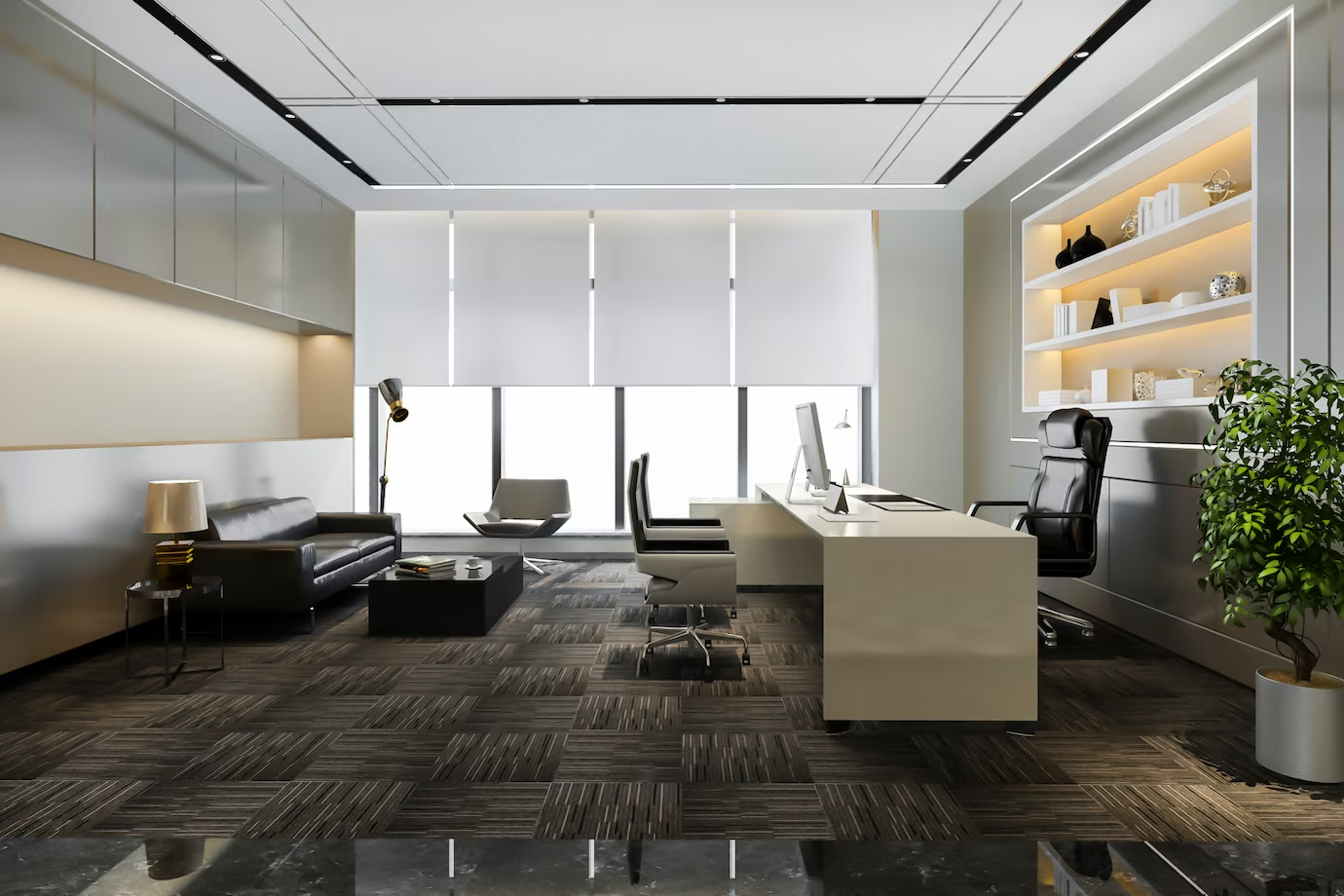
To ensure the efficient wastewater management with Waste Pipe Fittings Malaysia in plumbing systems within installation methods, types and materials. Understanding the types, materials and installation methods of waste pipe fittings is crucial for ensuring the proper functioning and longevity of drainage systems. This article delves into the diverse range of waste pipe fittings, the materials used in their construction, and the various installation methods employed in plumbing projects across the country.
Types of Waste Pipe Fittings
Waste pipe fittings come in a variety of types. Because each serving specific functions and accommodating different plumbing configurations. Some common types of waste pipe fittings include:
- Elbows: Elbows are used to change the direction of wastewater flow within the plumbing system. They are available in various angles, including 45 degrees and 90 degrees, to suit different installation requirements.
- Tees: Tees allow for the connection of three pipes at right angles, enabling the branching of wastewater lines or the creation of manifold configurations.
- Reducers: Reducers are used to transition between pipes of different diameters, facilitating the connection of larger and smaller sections of the drainage system.
- Couplings: Couplings are used to join two pipes of the same diameter together in a straight line, providing a secure and leak-proof connection.
- Traps: Traps are U-shaped fittings installed beneath sinks, showers and other fixtures to prevent sewer gasses from entering the building while allowing wastewater to flow out.
Materials Used in Waste Pipe Fittings
Waste pipe fittings are constructed from various materials, each offering unique properties and benefits. Common materials used in the manufacturing of waste pipe fittings in Malaysia include:
- PVC (Polyvinyl Chloride): PVC is a popular choice for waste pipe fittings due to its affordability, corrosion resistance, and ease of installation. It is suitable for both above-ground and underground applications.
- ABS (Acrylonitrile Butadiene Styrene): ABS is another type of plastic commonly used in waste pipe fittings. It offers excellent chemical resistance and impact strength, making it ideal for drainage systems in residential and commercial buildings.
- Cast Iron: Cast iron waste pipe fittings are known for their durability and fire resistance. They are often used in high-rise buildings and industrial settings where strength and longevity are paramount.
- Copper: Copper waste pipe fittings are primarily used in older buildings or for specific applications where corrosion resistance and aesthetic appeal are desired.
Installation Methods
The installation of waste pipe fittings requires careful planning and adherence to plumbing codes and regulations. Some common installation methods used in Malaysia include:
- Solvent Cementing: Solvent cementing is a popular method for joining PVC and ABS waste pipe fittings. It involves applying solvent cement to the pipe and fitting surfaces, which softens the material and creates a strong bond when the components are pressed together.
- Mechanical Coupling: Mechanical couplings are used to join pipes without the need for solvent cement. These couplings typically consist of rubber gaskets and stainless steel clamps that provide a watertight seal when tightened around the pipe ends.
- Threaded Fittings: In some cases, waste pipe fittings may be threaded to allow for connection with threaded pipes or adapters. This method is commonly used with metal fittings such as cast iron or brass.
Conclusion
In conclusion, waste pipe fittings Malaysia play a crucial role in the efficient and reliable operation of plumbing systems. By understanding the types, materials and installation methods of waste pipe fittings. That is also including plumbing professionals to ensure the proper functioning and longevity of usage. The drainage systems in residential, commercial and industrial settings. Whether selecting PVC, ABS, cast iron or copper fittings! It is essential to choose high-quality components that meet the specific requirements of the project. Which also comply with industry standards and regulations. By employing the appropriate fittings and installation techniques. The stakeholders can achieve durable and efficient drainage solutions. Which also contribute to the overall functionality and sustainability of buildings and infrastructure across Malaysia.




